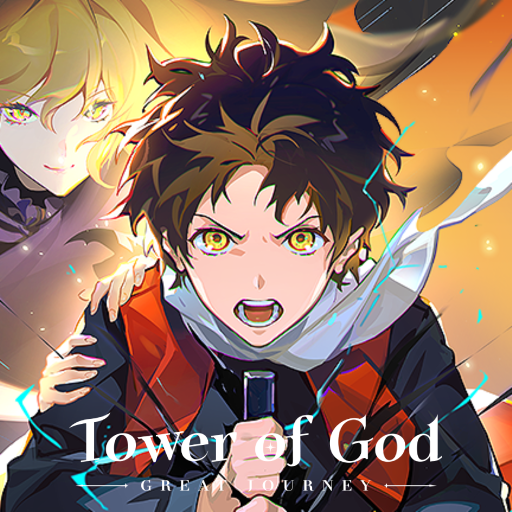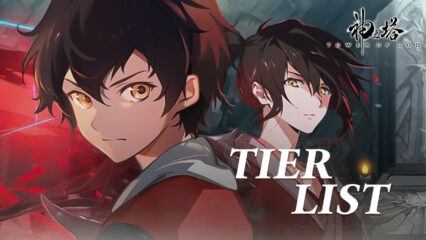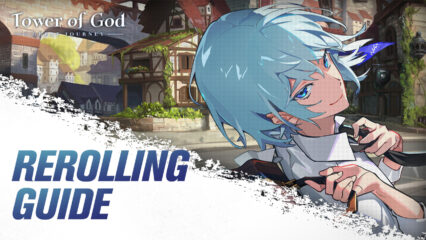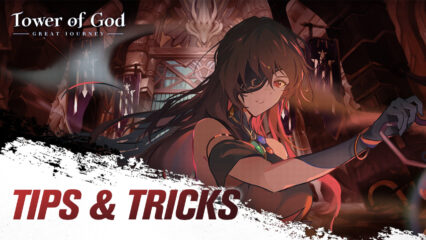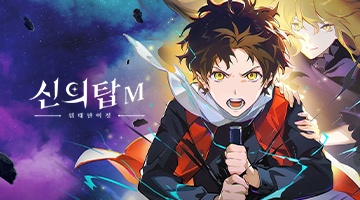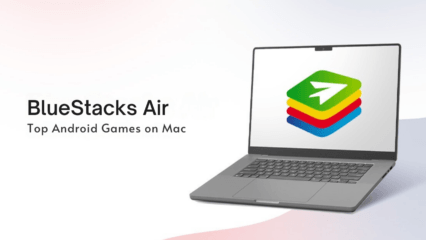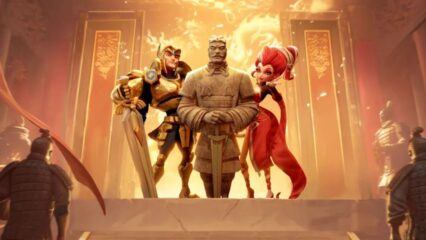Tower of God: The Great Journey – Beginners Guide for Easy Progression and Understanding the Basics
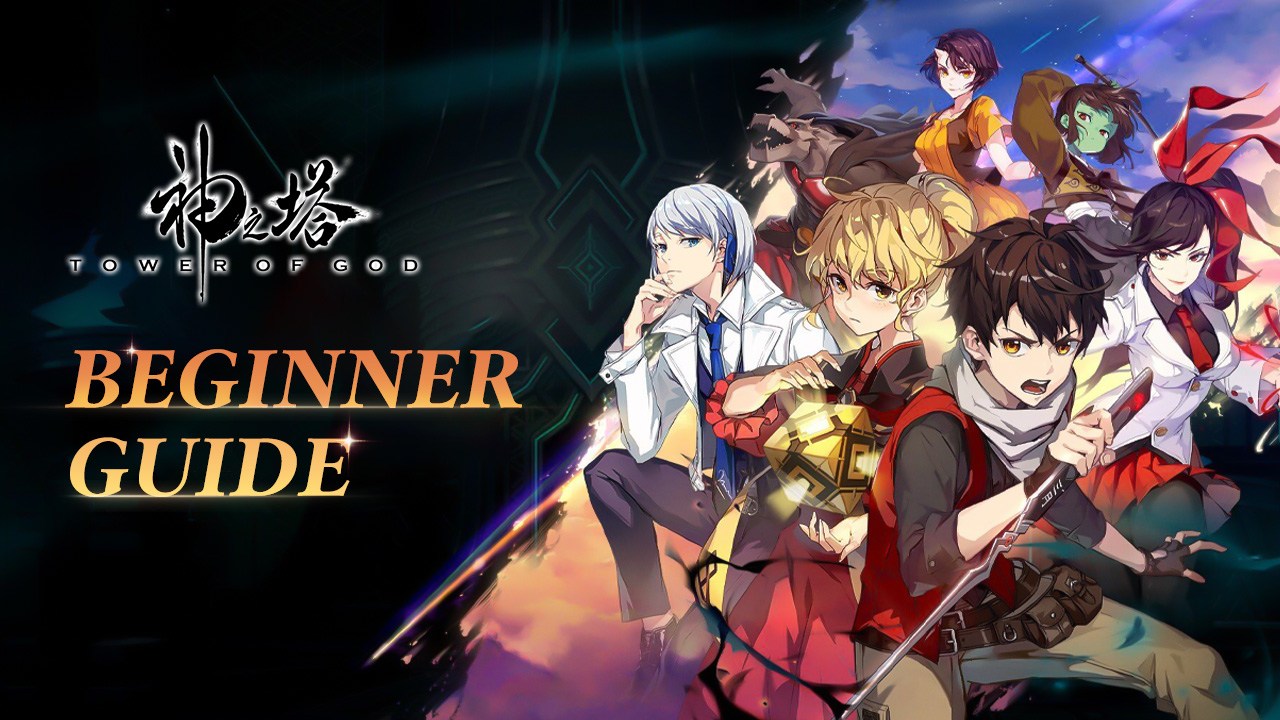
Tower of God: The Great Journey, the newest 2D RPG by Ngelgames is based on the popular anime/manhwa Intellectual Property of Tower of God. The game is officially licensed and looks out to be the first-ever mass-scale Tower of God game that will be published in multiple regions. Tower of God: The Great Journey follows the journey of the franchise’s main character Baam and his journey to climb the mysterious Tower that grants the climber who reaches the end floor their desired wishes. Backed by the popular IP of Tower of God which has been read and viewed over 6 billion times, the game has a solid backing and interest already. Tower of God: The Great Journey will be available as a free-to-play title on both the Google Play Store and iOS App Store.
Table of Contents
- Understanding the Summoning System
- Understanding the Combat System
- Secret Lair
- Ways to Increase Strength of your Characters
- Missions – Revolution Road
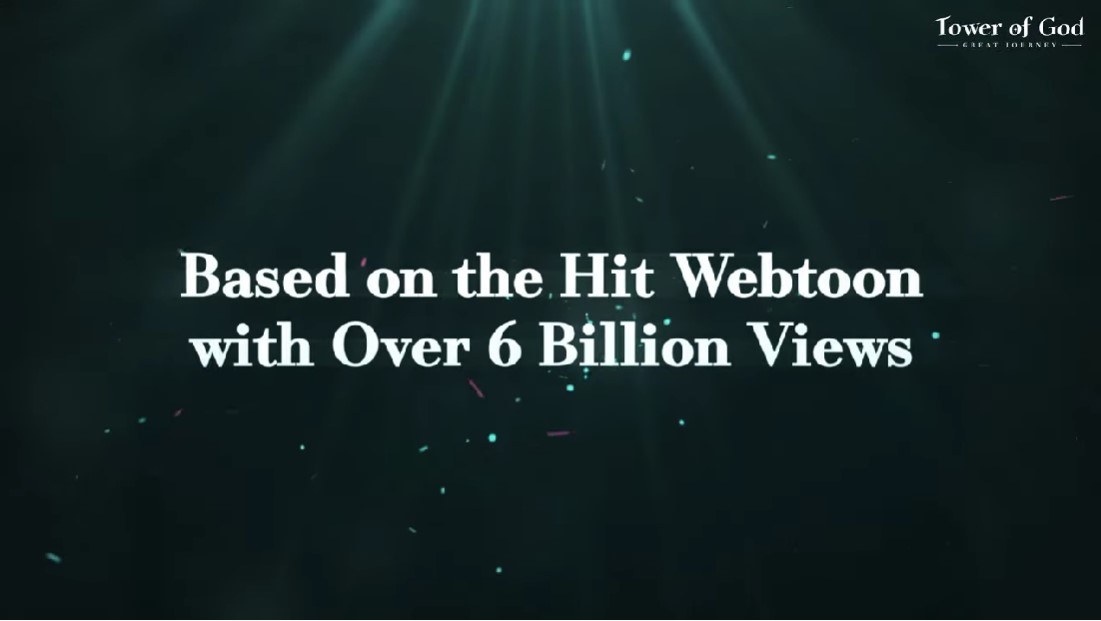
Tower of God: The Great Journey is a casual game at heart that includes many idle/AFK systems to accommodate the needs of all types of players. The game itself is an Auto-friendly game where players can set up the AI (Artificial Intelligence) to play the game by itself and players get some resources in return. The base combat system is quite similar to games like King’s Raid, Counter: Side, etc, where players cannot control the movement of each character individually but only their ultimate skills. The characters and their beautiful live 2D artwork are mesmerizing to look at and will definitely enthrall the fans of the webtoon.
In this beginner guide for Tower of God: The Great Journey, we will be sharing some of the most basic knowledge regarding the different systems that are available in the game. We will be covering the following topic in-depth:
- The Summoning System
- The Battle System
- Secret Lair
- Increasing the Strength of your Characters
- Missions
Keep in mind that we will be covering the majority of the topics in layman’s terms, keeping mind that the guide is made for beginners who are new to the genre or starting Tower of God: The Great Journey for the first time. Players can take reference from this beginner’s guide to make fast and easy progression in Tower of God: The Great Journey.
Understanding the Summoning System
At the core of the game, Tower of God: The Great Journey is a hero collector which makes use of the gachapon mechanics. This system is called “Headon’s Abode” in the game’s official in-game terminology and can be unlocked after players clear Chapter 1 Stage 3. Players can visit the Recruit system by going to the home screen of the game and clicking on the moon-looking icon present on the left-hand side. At the beginning of the game, players will be given a brief tutorial regarding the system and will be given the Heroic rarity character Khun Aguero Agnis for free. After the tutorial, however, players will not be getting any re-rolling special banner where they can summon for free up to a limited number of times. Players can expect some pre-registration currencies for some possible chances at re-rolling.
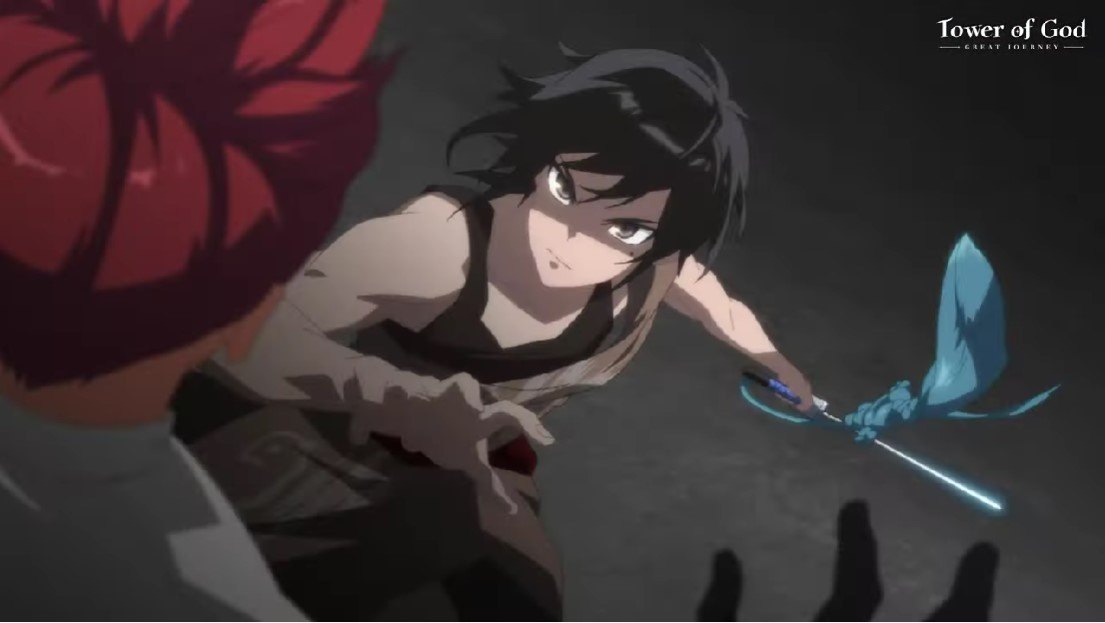
The summoning system is divided into both weapons as well as characters. Hence, it’s what we call a “mixed gacha”. Players do have a higher chance of obtaining characters than weapons at the base rate. Here are the different probabilities for both the character and weapons:
- Legend Rarity weapon and character – 1% total (0.8% for character + 0.2% for weapon)
- Heroic Rarity weapon and character – 5% total (3% for character + 2% for weapon)
- Rare Rarity weapon – 20% chance of being obtained
- Advanced Rarity weapon – 74% chance of being obtained
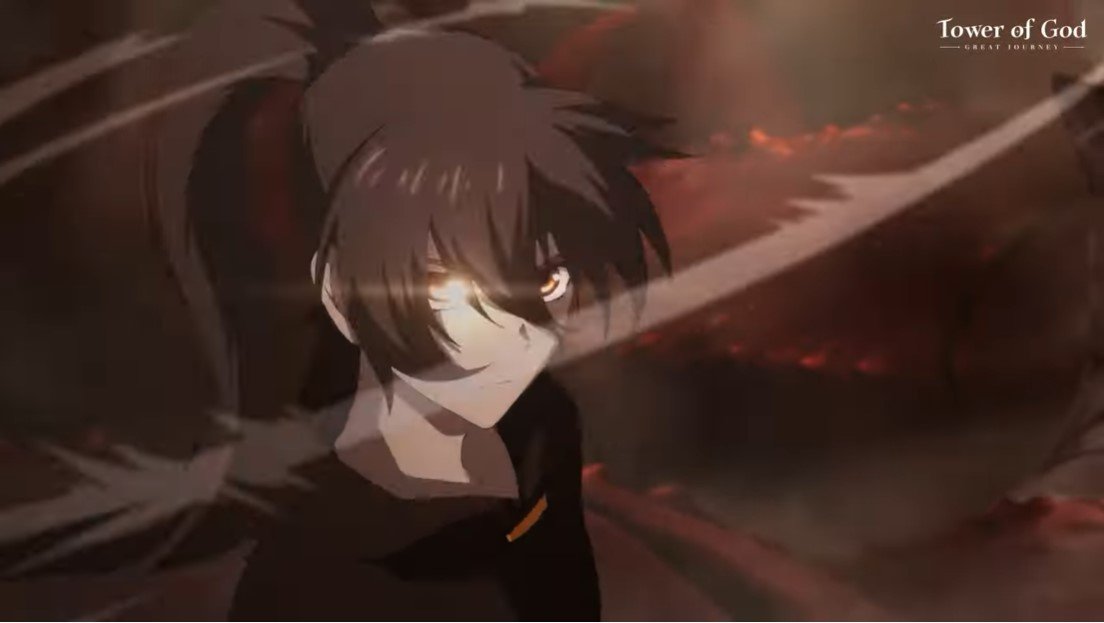
As players can see, the highest rarity weapon/character is available at the lowest rate to be summoned while the lowest rarity weapon/character is available at the highest rate to be summoned. This is akin to many other gacha games. Players need a bit of luck on their side to be able to summon the highest rarity of weapons and characters. Players can summon using 2 different currencies on different types of summoning banners in Tower of God: The Great Journey. Here are the different summoning currencies:
- Tower Summon Ticket – Players can use this summoning currency to summon Advanced-Legendary rarity weapons and characters from the normal summoning banner in Headon’s Abode.
- Tower Special Summoning Ticket – Players can use this summoning currency to summon Rare-Legendary rarity weapons and characters from the event/rate-up summoning banner in Headon’s Abode.
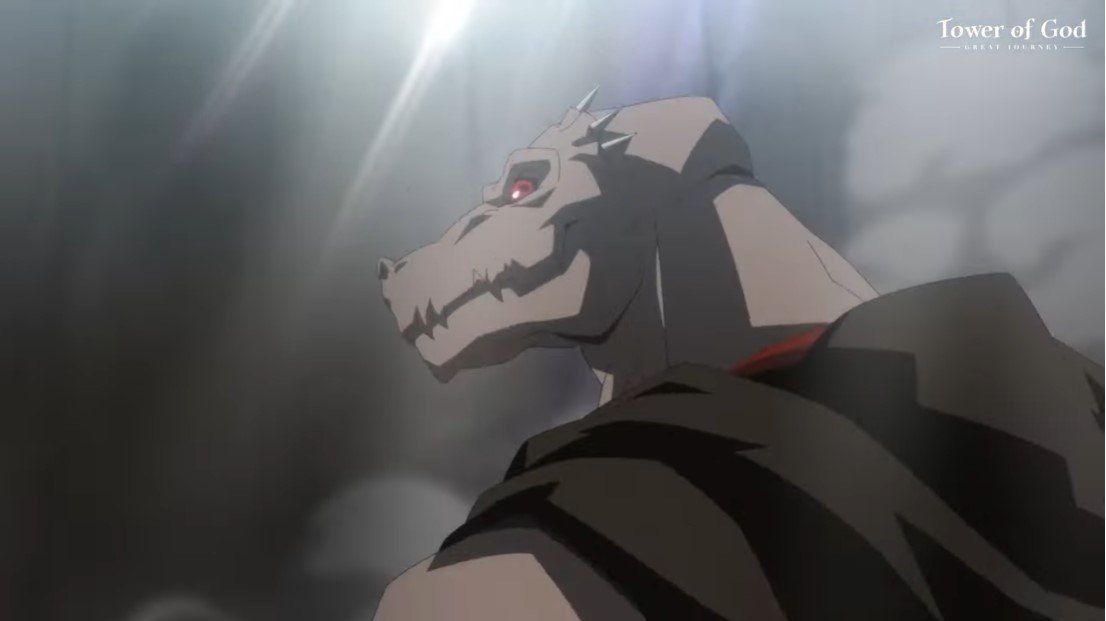
As we mentioned before, Tower of God: The Great Journey also makes use of a handy banner system where different characters and weapons are featured in a rate-up setting and available to be summoned for a limited time. Generally, 2 or 3 of these banners are on display at a time. The normal summoning banner is always going to be up no matter what. The free-to-play players can rejoice as the game does support a pity system where players are guaranteed a Legendary rarity character after 100 summons. Each summon accounts for 1 point. Hence, the 101st summon after not getting a Legendary rarity character will be a legendary rarity character. On weapon banners, this pity will be a legendary rarity weapon.
Understanding the Combat System
The combat system in Tower of God: The Great Journey is quite straightforward and simple to learn. From the very first look, players who are expecting a high tactical and skill-based combat system will be disappointed at the normal 2D RPG stylized command-based system. Players cannot control the individual movements of their characters and neither their abilities. The only thing they can control is the ultimate abilities of their characters in combat. These ultimate abilities are available for each character as they accumulate energy throughout the battle. These abilities are located at the bottom right-hand side of the combat screen in the form of the character’s cards. These abilities will shine and pop up when they are ready to be used. Players can simply tap on them to activate them and they will automatically act. With such little need for manual interference, Tower of God: The Great Journey can be easily classified as an Idle/AFK game where players can collect resources after some time without actually grinding through the game.
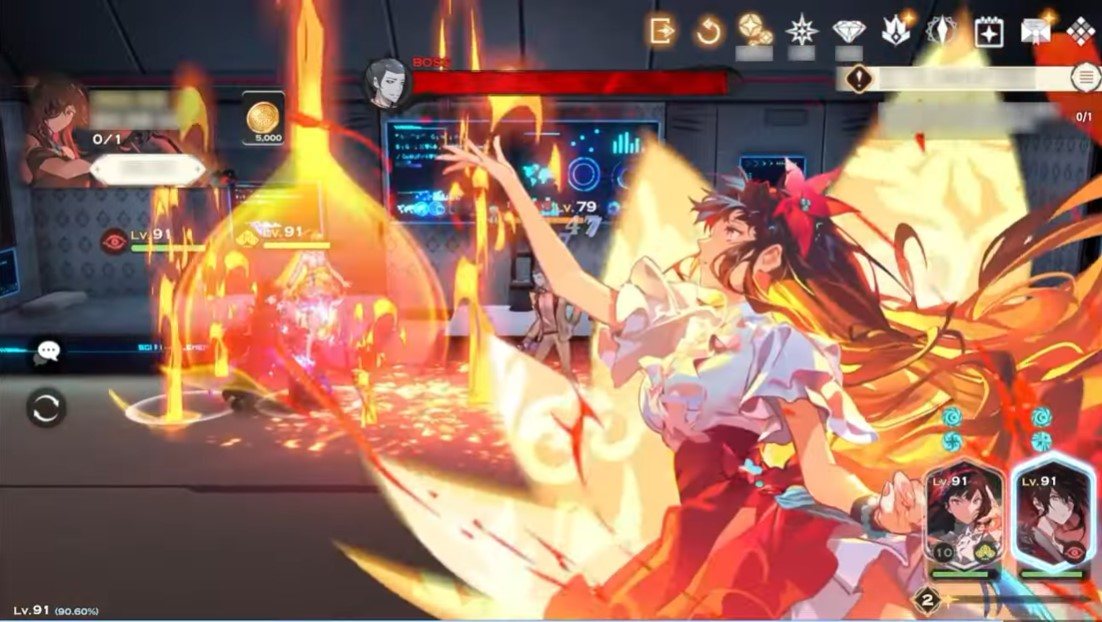
For the teamplay, players are required to form a team of 4 different characters to take into the battles. Players can freely control the movement of their characters during the campaign battles where they can move but not auto-attack without putting the game on auto. Each character has its own unique characteristics and abilities. For more information, players can check out our tier list for the best characters in Tower of God: The Great Journey.
Secret Lair
The Secret Lair is a massive dome-shaped building that can be accessed after players complete the tutorial on Chapter 1 Stage 2. Secret Lair can be considered as the hub for all other activities related to the player. These activities are mainly going to be enhancing your strength of the player or each individual character that you own. The Secret Lair is further divided into 3 different floors. Each floor can accommodate 3 different characters. Each floor is called a Hall in the official in-game terminology. In the beginning, only 1 hall will be available. More halls will be unlocked as you progress throughout the game and increase your Secret Lair levels. Do not put your low-rarity characters in these halls. Instead, try to put your best characters in these halls. That is because the characters will bring fishbowls for you every day.
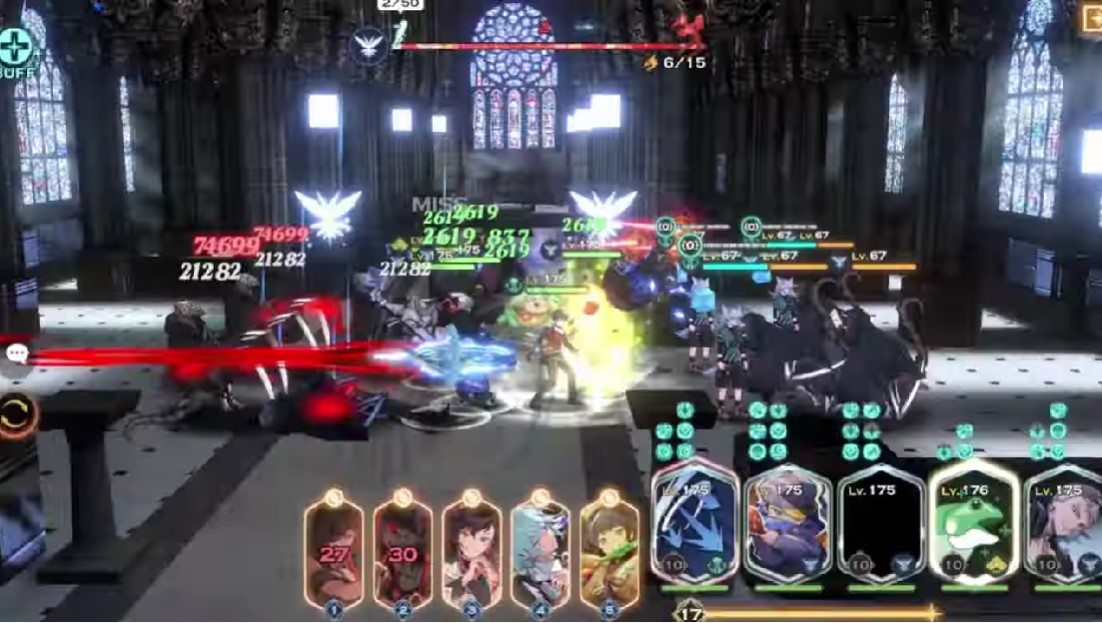
The higher the rarity of characters, the higher the number of fishbowls gathered by them. Further, players will also get Affinity Points for the character that they put in the Halls. Hence, make sure to put characters that you want to increase affinity with as well. The characters who are transcended will give more fishbowls. Fishbowls are important to collect as they are the main currency used for upgrading different areas of the Secret Lair. Players can view the number of fishbowls each character gives by clicking on the red icon located at the top left-hand side. Here are the different areas and their functionality in the Secret Lair:
Guardian of the Lair – The Guardian of the Lair is the main nocturnal deity of the Secret Lair. Players can please him by giving Rice Pots. Players earn Hourglasses and Experience depending on the Rice Bowls. The Guardian of the Lair can be upgraded using the collected Fishbowls that we talked about before. After being upgraded, the Guardian will give more Hourglasses and Experience.
Resident Book – Resident Book is like the Resident Directory that mentions all of the residents of Lair. Players can find them spread out across the different chapters in the story mode of the game. Players need to bring them back to the lair either by hook or crook. Upon bringing them back, players will earn some great rewards such as Tower Summoning tickets and several types of buffs that are relevant to your account. Players can also make use of the Synthesis process to get new residents.
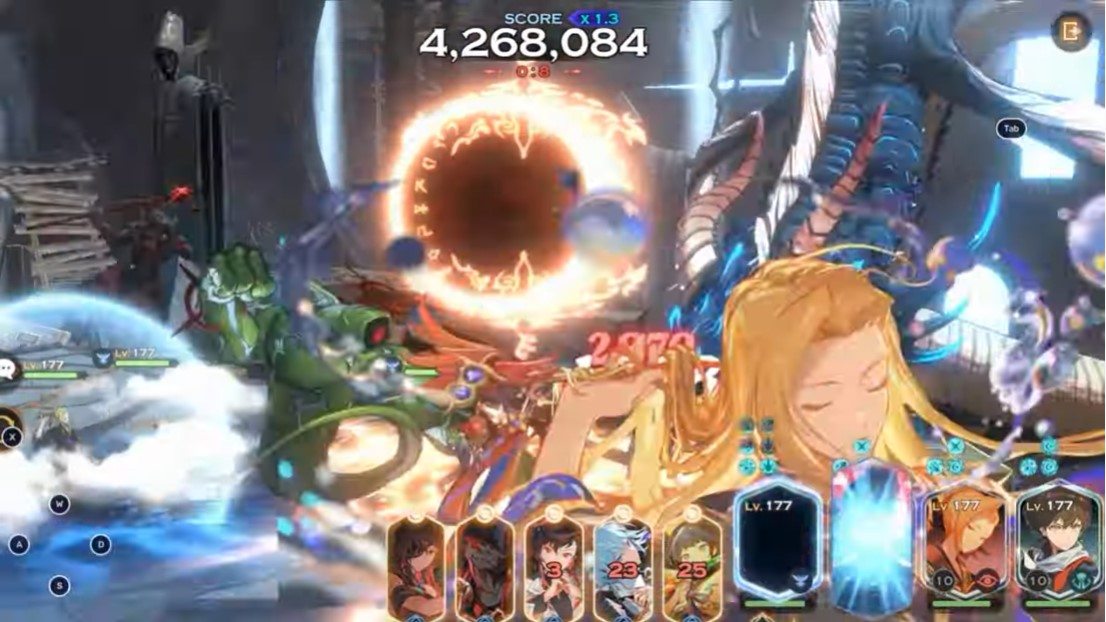
Commissions – Commission missions are like your standard run-of-the-mill dispatch missions in other games where players can simply send a team of heroes on an exploration of sorts and the team returns to them with some resources. The resources and the time is taken for the commission depending on the quality of it. Players can unlock more commissions as they upgrade their Secret Lair. The quality and the quantity of the commissions also increase as players increase their level.
Artifacts – Artifacts can be considered like an additional equipment set that provides some immense power to the characters. Players can increase their character’s value manifolds by equipping them with Artifacts. Players obtain these artifacts from the Secret Lair by synthesizing them using core materials. Players can enable a secret set effect when they equip 3 artifacts of the same type (color).
Secret Lair Upgrade – To upgrade the Secret Lair, players require a good amount of Hourglasses that they can acquire from the Guardian of the Lair. These Hourglasses can be used to upgrade the Secret Lair in the following ways:
– the rewards given for commissions
– the amount of affinity it gives
– the number of characters and residents you can put in the halls
– the number of commissions you can do simultaneously
– the number of commissions you can do per day
Ways to Increase Strength of your Characters
Tower of God: The Great Journey is one of the best examples of strength greater than tact in mobile games. The game values the core stats of your characters more than the synergy between them. Hence, increasing your core stats such as Attack, Health Points, Defense, Critical Hit Chance, and Critical Hit Damage is of much more value than summoning the best legendary characters. Stats can make or break a hero in Tower of God: The Great Journey.
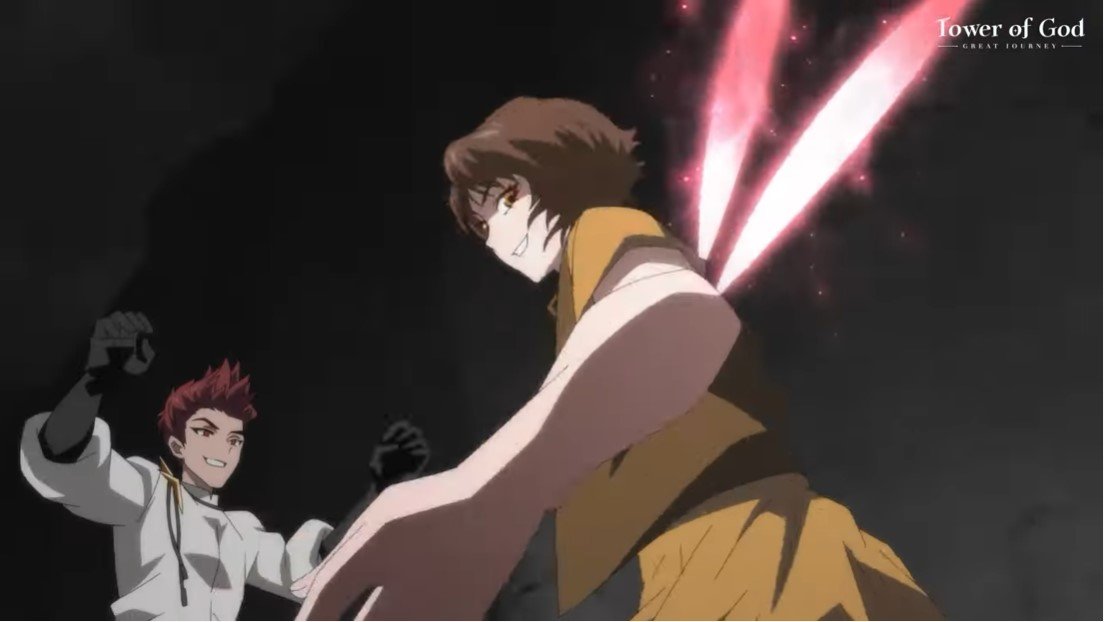
Let’s see the different ways through which players can increase the overall strength of their characters:
- Leveling Up
- Transcendence
- Relationship
Character Levelling Up – In Tower of God: The Great Journey, players can level up their characters only by taking them in battles or passively as time passes. Players can level up their characters to increase their base stats. The best thing about the leveling system is that it is directly tied to your account level. Hence, players need not individually level up their characters. All the collected characters will be automatically leveled up to your current account level. Players can experience their account and characters both by participating in battles, completing the story mode campaign, and completing the missions.
Transcendence – Transcendence, in simple terms, is the act of feeding duplicate copies of the same characters in order to increase their base stats, and enhance their skills, and abilities. Each character can be transcended up to 6 times. Hence, in order to fully transcend a character, players need to summon 7 copies of the character in total.
Relationship – Baam can increase his relationship level with other characters by making crucial bonds with them. Players can play through the story mode or complete certain missions to increase the relationship level. Some instances require players to interact with other characters as well by viewing a story. Increasing the relationship of characters provides them with additional stats that are minimal but make a difference. Players can increase the relationship level of characters directly by using Starlight as well. Each gift is either liked or disliked by the characters. If the gift is liked by the character, the character will gain 30% relationship points.
Missions – Revolution Road
The Missions in Tower of God: The Great Journey are quite simple and straightforward like the rest of the game. Contrary to other games, the missions here are not divided into weekly, daily, or monthly. Instead, players are required to complete missions in order to complete the transformation for your main character – Baam. Baam can be made stronger by completing these missions. Players can earn fragments for the character as well. In the missions, we will see 6 different Steps to complete Baam’s transformation.

STEP 1 Missions
- Get 3 sets achieved from God’s Inventory [Pocket]
- Get Endorsi’s affinity to Step 2
- Get Khun’s affinity to Step 2
- Reach level 40 on your account
- Reach layer/floor 40 in Rice Pot
- Clear chapter 2 of Story mode
- Enhance your equipment 30 times
- Clear the Revolution Road Mission Dungeon (click on the shortcut button)
STEP 2 Missions
- Get 6 sets achieved from God’s Inventory [Pocket]
- Reach layer/floor 80 of Rice Pot
- Get Endorsi’s affinity to Step 3
- Get Khun’s affinity to Step 3
- Reach level 60 on your account
- Clear chapter 4 of Story mode
- Clear the Revolution Road Mission Dungeon (click on the shortcut button)
STEP 3 Missions
- Reach level 80 on your account
- Get 10 sets achieved from God’s inventory [Pocket]
- Reach layer 100 in Rice Pot
- Clear chapter 5
- Raise Hatz’s affinity to step 2
- Khun’s affinity to step 4
- Upgrade Wave Controller’s position to level 30
- Clear the Revolution Road Mission Dungeon (click on the shortcut button)
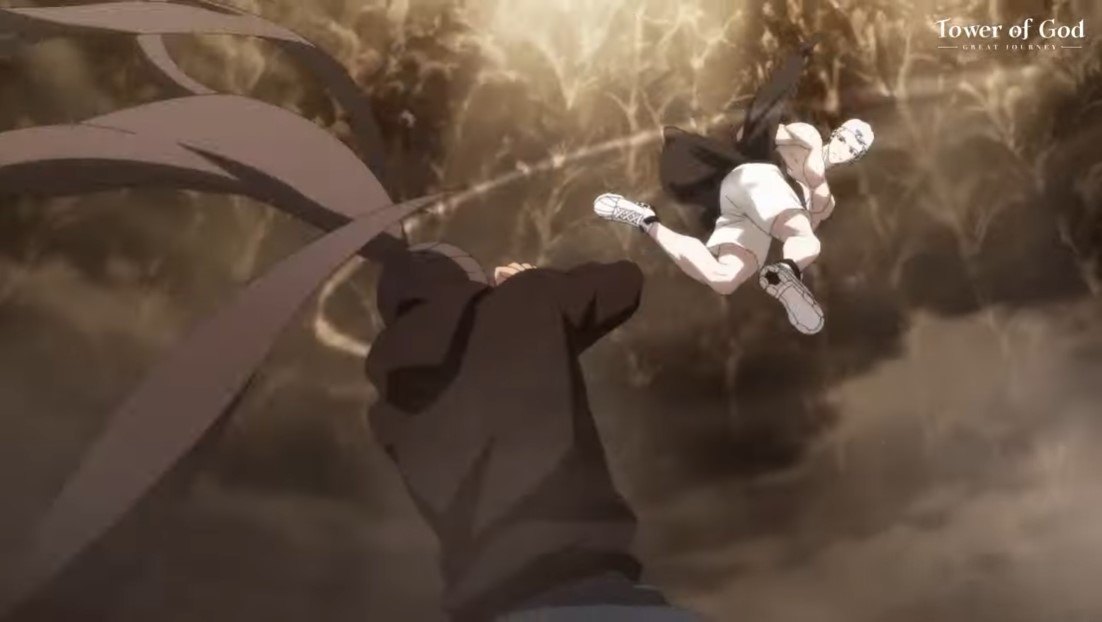
STEP 4 Missions
- Reach level 100 on your account
- Get 15 sets achieved from God’s inventory [Pocket]
- Reach layer 120 in Rice Pot
- Clear chapter 6
- Raise Hatz’s affinity to step 4
- Endorsi’s affinity to step 4
- Upgrade Wave Controller’s position to level 40
- Clear the Revolution Road Mission Dungeon (click on the shortcut button)
STEP 5 Missions
- Reach level 105 on your account
- Get 18 sets achieved from God’s inventory [Pocket]
- Reach layer 140 in Rice Pot
- Clear chapter 7
- Raise Laure’s affinity to step 4
- Raise Shibisu’s affinity to step 4
- Upgrade Wave Controller’s position to level 50
- Clear the Revolution Road Mission Dungeon (click on the shortcut button)
STEP 6 Missions
- Reach level 110 on your account
- Get 21 sets achieved from God’s inventory [Pocket]
- Reach layer 150 in Rice Pot
- Clear chapter 8
- Raise Rachel’s affinity to step 4
- Raise Quant’s affinity to step 4
- Upgrade Wave Controller’s position to level 60
- Clear the Revolution Road Mission Dungeon (click on the shortcut button)
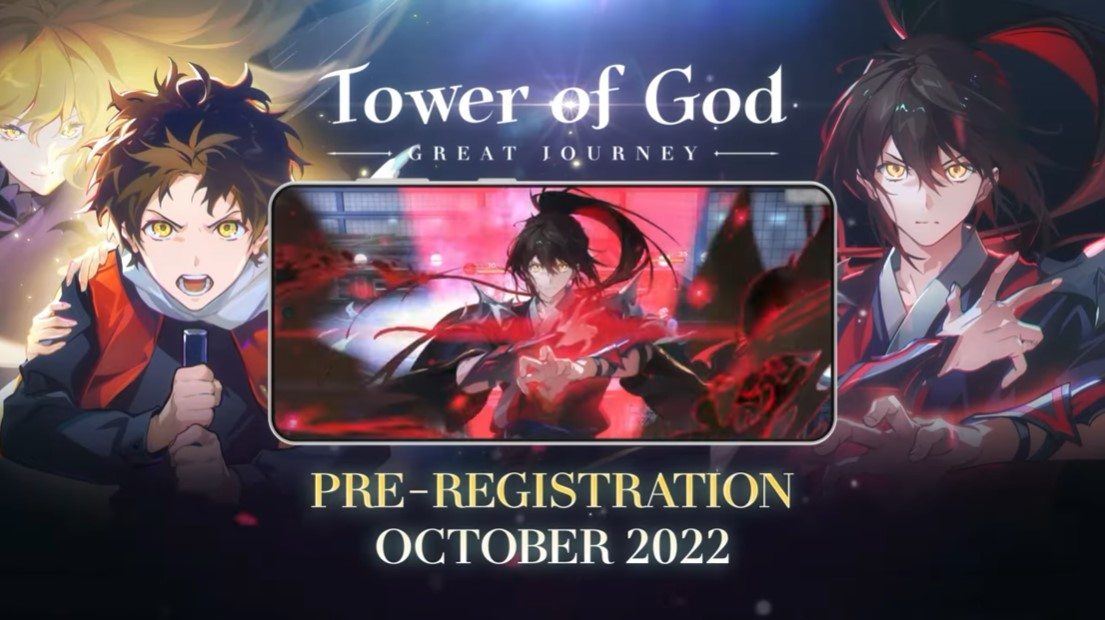
This concludes the definitive beginner’s guide for Tower of God: The Great Journey. To Install and play Tower of God: The Great Journey on a bigger screen of your PC, it is highly recommended to use BlueStacks along with your keyboard and mouse.

